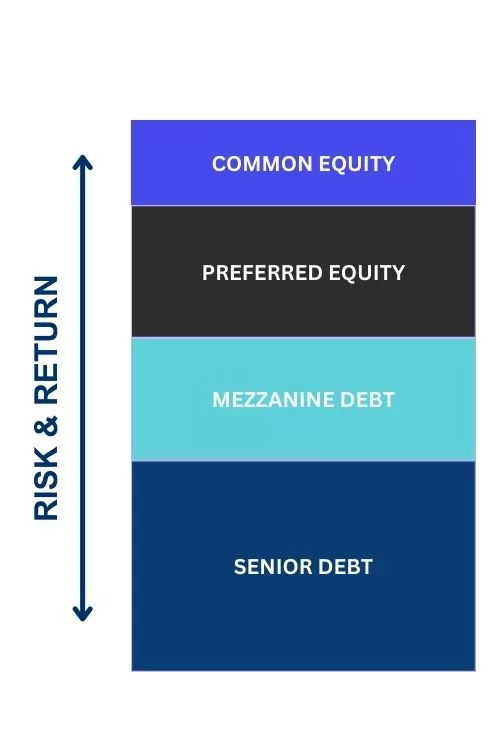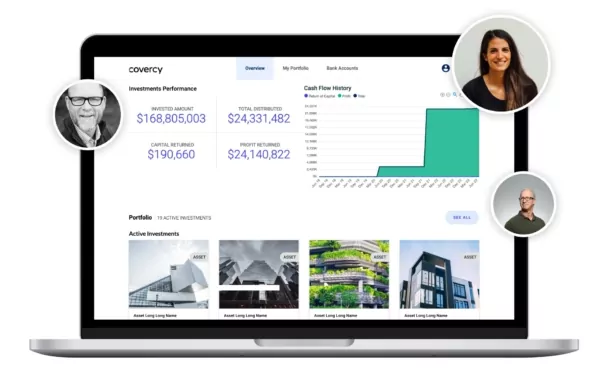Typically, the financing structure is planned and partially secured before finalizing a property purchase. This preliminary approval for financing gives GPs the confidence to move forward with property acquisitions.
If a GP is struggling to complete the common equity portion of the capital stack, they can explore several avenues to find additional Limited Partners (LPs):
Networking and Industry Events: Attending real estate investment conferences, local meetups, and networking events can help GPs connect with potential investors.
Partnerships with Investment Firms: Collaborating with investment firms or real estate funds that have access to a pool of investors can be beneficial.
Crowdfunding Platforms: Real estate crowdfunding platforms can provide access to a wide range of investors interested in smaller equity contributions.
Marketing and Promotion: Effective marketing strategies, including digital marketing and presentations to investment clubs, can attract potential LPs.
In terms of other creative financing options:
Seller Financing: In some cases, the seller of the property might be willing to finance the sale, which can be an alternative to traditional bank financing.
Joint Ventures: Forming a joint venture with another investor or investment firm can provide additional capital and share the risk.
Government Grants and Incentives: In certain areas, government programs might offer grants or incentives for real estate development, particularly for projects that include affordable housing or urban revitalization.
Leaseback Arrangements: In a leaseback, the GP sells the property and then leases it back from the buyer, which can free up capital while maintaining control over the property.
Each of these strategies has its own set of advantages and considerations, and the choice depends on the specific circumstances of the investment and the GP’s overall strategy.



















